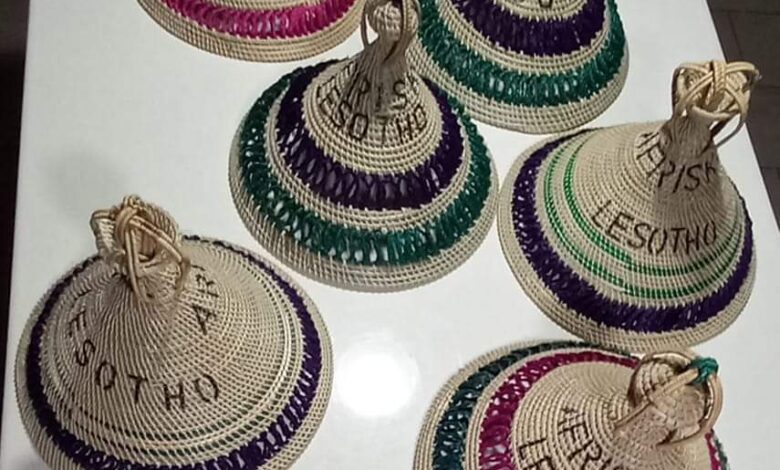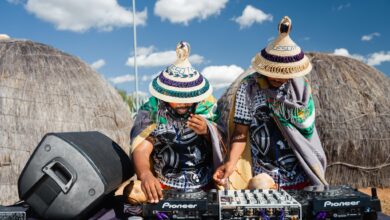Lifestyle
20 Things You Should Know About Basotho Hats

Basotho hats, also known as “mokorotlo,” are iconic symbols of Basotho culture and heritage in Lesotho. These distinctive hats have a rich history and are deeply woven into the identity of the Basotho people. Here are 20 things you should know about Basotho hats:
- Traditional Design: The mokorotlo features a conical shape with a wide brim, resembling a mountain peak. This design reflects the mountainous landscape of Lesotho.
- Material: Traditionally, Basotho hats are made from woven grass, which is both durable and lightweight. In modern times, they may also be made from other materials, including felt and synthetic fibers.
- Cultural Significance: The mokorotlo is more than just a hat; it represents the identity, culture, and traditions of the Basotho people. It is often worn with pride during cultural ceremonies and events.
- Symbol of Leadership: The hat is often associated with leadership and authority. Chiefs and community leaders commonly wear it as a symbol of their status and responsibilities.
- Unique Variations: There are different styles and sizes of Basotho hats, each representing different meanings and social status within the community.
- Craftsmanship: The art of making mokorotlo is passed down through generations, showcasing the craftsmanship and skill of the artisans who create them.
- Weather Protection: The wide brim of the hat provides protection from the sun and rain, making it practical for everyday wear in Lesotho’s varied climate.
- Worn by All Ages: While traditionally associated with men, Basotho hats are now worn by women and children as well, making it a unifying symbol across generations.
- Fashion Statement: Beyond its cultural significance, the mokorotlo has also become a fashion statement, with many people incorporating it into modern clothing styles.
- Cultural Festivals: The hat is prominently featured in cultural festivals and events, where it is worn as part of traditional attire, celebrating the heritage of the Basotho people.
- Emotional Connection: For many Basotho, wearing the mokorotlo fosters a sense of belonging and pride in their cultural heritage.
- Economic Importance: The production and sale of Basotho hats contribute to the local economy, providing livelihoods for artisans and vendors.
- Inspiration for Artists: The unique design and symbolism of the mokorotlo have inspired artists, designers, and musicians, often appearing in various forms of creative expression.
- Tourist Attraction: Basotho hats are popular souvenirs for tourists visiting Lesotho, symbolizing their experience and connection to the local culture.
- Integration in Ceremonies: The mokorotlo is often used in traditional ceremonies, such as weddings and initiation rites, signifying respect and honoring cultural practices.
- Educational Symbol: In some contexts, the hat symbolizes education and knowledge, as it is worn by scholars and students during academic ceremonies.
- Global Recognition: The Basotho hat has gained international recognition, often featured in fashion shows and cultural exhibitions around the world.
- Cultural Exchange: The mokorotlo has become a symbol of cultural exchange, representing the rich traditions of the Basotho people to the global community.
- Sustainable Practices: The traditional methods of making Basotho hats often use sustainable materials and practices, promoting environmental awareness and conservation.
- Continuing Tradition: Despite modernization, the significance of the Basotho hat continues to thrive, reflecting the resilience and pride of the Basotho culture in contemporary society.
The Basotho hat is a powerful symbol of identity, culture, and heritage, representing not only the beauty of Lesotho’s landscapes but also the spirit and traditions of its people. Whether worn for practical purposes or as a fashion statement, the mokorotlo remains an enduring emblem of Basotho pride.




